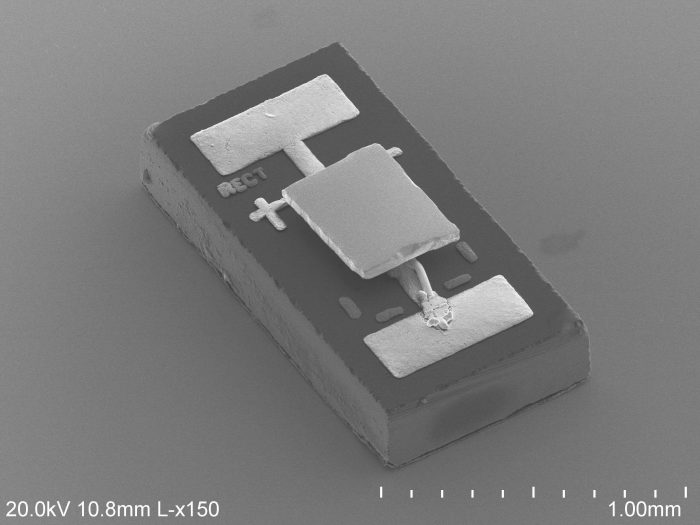
In a finding that runs counter to a common assumption in physics, researchers at U-M ran a light emitting diode (LED) with electrodes reversed in order to cool another device mere nanometers away. The approach could lead to new solid-state cooling technology for future microprocessors. “We have demonstrated a second method for using photons to cool devices,” said Pramod Reddy, who co-led the work with Edgar Meyhofer, both professors of mechanical engineering.
This could turn out to be important for future smartphones and other computers. With more computing power in smaller and smaller devices, removing the heat from the microprocessor is beginning to limit how much power can be squeezed into a given space. With improvements of the efficiency and cooling rates of this new approach, the team envisions their development as a way to quickly draw heat away from microprocessors in devices. It could even stand up to the abuses endured by smartphones, as nanoscale spacers could provide the separation between microprocessor and LED.
